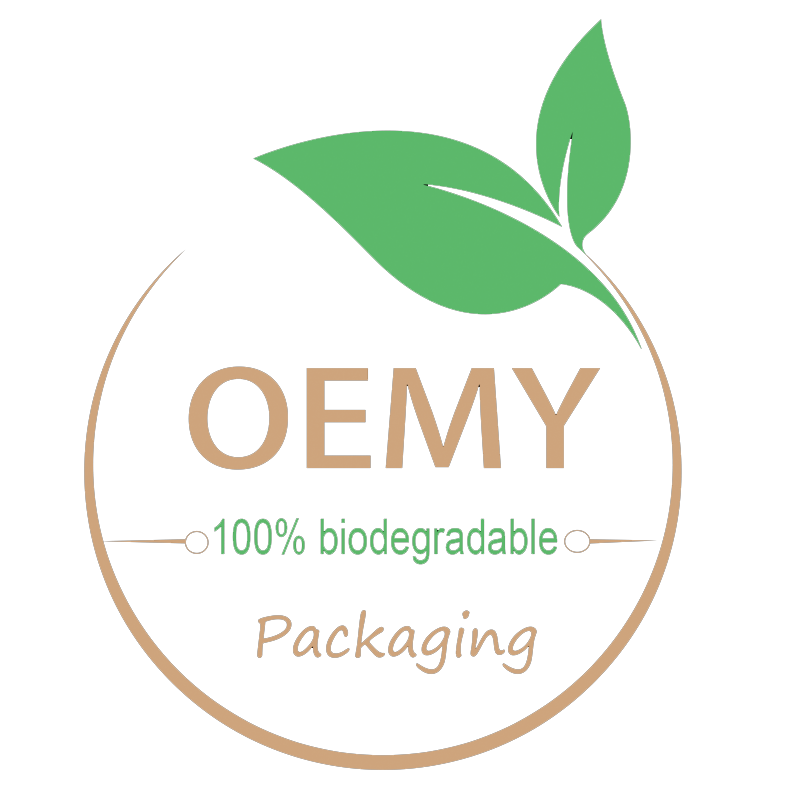NEWS
Selecting the right packaging for coffee is essential to maintain freshness, ensure quality, and appeal to consumers. With various options available,
here are the most important factors to consider when choosing coffee bags.
1. Material and Barrier Protection
Coffee is sensitive to oxygen, moisture, and light, which can degrade its flavor and aroma. Effective packaging should include:
Multi-layer barrier materials such as PET, aluminum foil, or EVOH to prevent oxidation.
One-way degassing valves to allow CO2 to escape without letting air in, crucial for freshly roasted coffee.
2. Packaging Size and Type
Whole bean coffee typically uses larger bags (250g–1kg) with airtight seals.
Ground coffee benefits from smaller, resealable packaging to minimize exposure to air.
Single-serve options, like pods or drip bags, are gaining popularity but require sustainable materials to meet environmental concerns.
3. Sustainability Considerations
Eco-friendly packaging is increasingly important. Options include:
Compostable or biodegradable materials, such as plant-based films.
Recyclable paper with bio-based liners for reduced environmental impact.
Reusable containers that encourage customers to return or refill them.
4. Design and Functionality
Packaging should balance aesthetics and practicality:
High-quality printing to enhance brand visibility.
User-friendly features like zip locks, tear-notches, or easy-pour spouts.
Transparent elements to showcase the product while still protecting it from light.
5. Cost-Effectiveness
While premium materials offer better protection, budget-friendly options like kraft paper with foil liners can be a good starting point. Bulk purchasing and
standardized designs can help reduce costs.
Conclusion
The right coffee packaging preserves quality, aligns with sustainability goals, and strengthens brand identity. By considering material, size, eco-friendliness,
design, and cost, businesses can select the best option for their needs.
Awesome! Share to:
Related Posts
- ◉ The Pet Economy Demands Better Packaging - Here's What's Changing
- ◉ Coffee Packaging Preservation Technology That Extends Freshness
- ◉ Flexible Packaging Solutions That Support the Circular Economy
- ◉ Are Stand-Up Pouches the Ultimate Solution for Convenient Consumption?
- ◉ Green Packaging Solutions That Actually Deliver on Sustainability
Get in Touch
*We respect your confidentiality and all information are protected.
